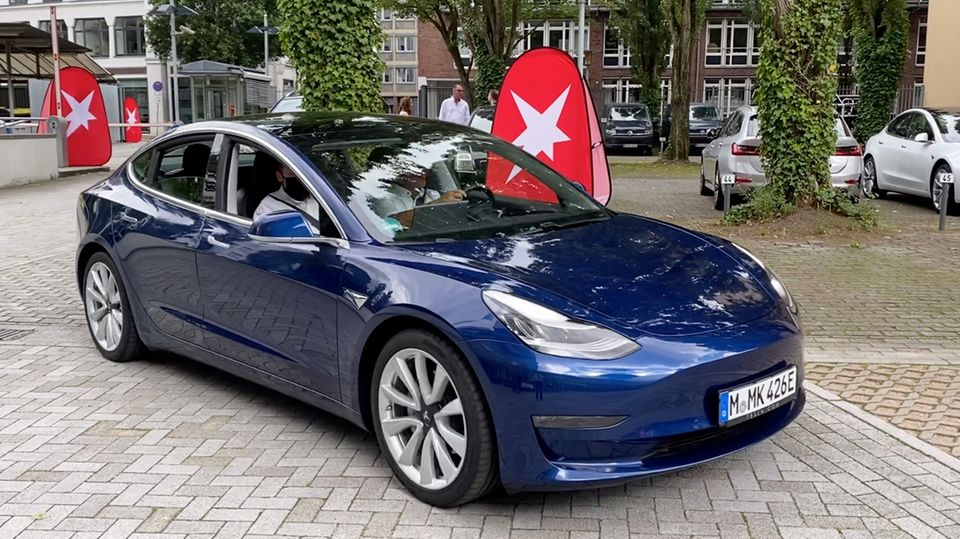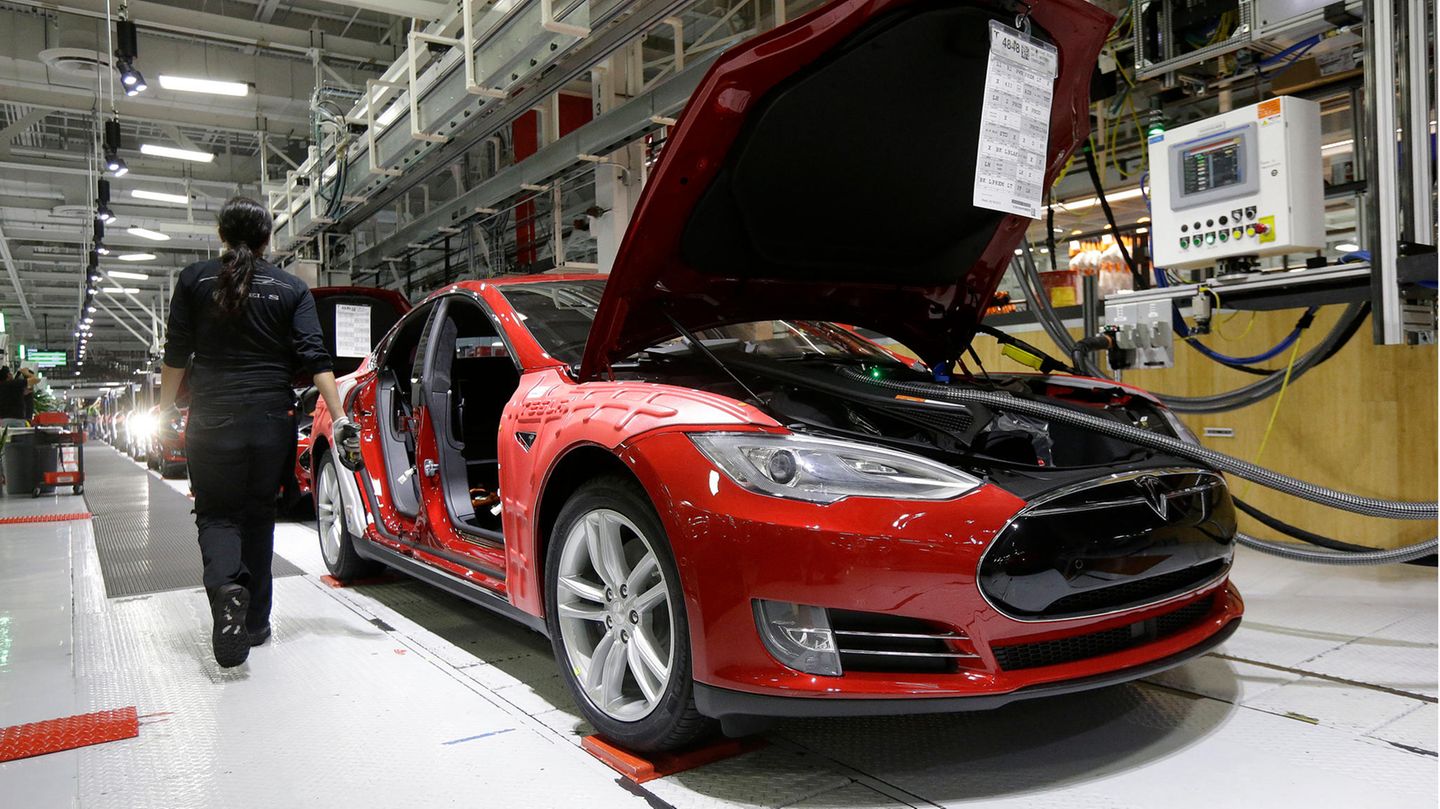Thousands of people share a post on Facebook that confirms that Tesla electric cars have a worse eco-balance than combustion engines. It is said that the battery would release vast amounts of CO2 during production. A fact check shows: the claim is nonsense.
It has long been clear that electric cars don’t just have fans. The visionaries behind Tesla and Co. are striving with loud noises to revolutionize the car market at the expense of the internal combustion engine. The latter has been maneuvering us from A to B for more than 100 years – it can be difficult to say goodbye.
A message is currently circulating on Facebook that wants to turn the eco-balance of Tesla brand electric cars into a negative. “The production of a Tesla battery emits 17 tons of CO2,” says the shared photo. That is as much as a combustion engine emits over the course of 200,000 kilometers. “Just as a reminder” comments the user. The post has been shared more than 10,000 times (as of July 8, 11:30 a.m.).
DPA and Corrective calculate CO2 emissions
The “Correctiv” research center has recalculated once and comes to a completely different result. Not only was the CO2 emissions from the production of a Tesla battery stated too high, the emissions from a combustion engine would also have to be revised upwards noticeably. According to the research center, a car with a combustion engine produces an average of 35 to 39 tons of CO2 over 200,000 kilometers – more than twice as much as stated in the article. Batteries for electric cars do not emit any CO2 while they are in use, but energy and raw materials are used in their production. According to the information, a Tesla battery has 13 tons of CO2 emissions in production. The authors also add that this is the worst calculated case.
The corrective calculations of CO2 emissions from internal combustion engines are based on results from the Federal Motor Transport Authority, the Federal Environment Agency and the Helmholtz Association. To calculate the CO2 emissions from the production of a Tesla battery, the authors used study results from the Fraunhofer Institute, the University of Eindhoven and the Swedish Environmental Research Institute.
The German Press Agency (DPA) carried out a similar fact check a few days ago and took the same Facebook message as the trigger. She came to the same conclusion. Facebook itself also marked the post as misinformation. “According to independent fact-checkers, this information is not based on fact,” writes the company, referring to research by Correctiv and DPA.
Tesla wants to produce batteries in a climate-neutral way
Both Corrective and the DPA make it clear, however, that many production steps have to be taken into account when calculating the CO2 emissions of an e-car battery – for example the extraction of the raw materials required for battery production, usually lithium or cobalt. Different studies come to different results, which is why both calculations are based on the worst case. The fact-checkers from politifact.com came up with just 4.5 tons of CO2 emissions for the production of a 75-kilowatt-hour battery in the Tesla factory in Nevada.
Tesla also states on its website that it is striving for a neutral CO2 balance for the production of the batteries and the vehicles themselves. After its completion, the Gigafactory in Nevada is to be operated with 100 percent renewable energy – just like the Gigafactory in Brandenburg, which is currently under construction.
swell: , , ,

How well does the Tesla Model 3 drive in everyday life? Ten testers swap their combustion engine for an electric car. They record their experiences in a video diary.
I am Pierce Boyd, a driven and ambitious professional working in the news industry. I have been writing for 24 Hours Worlds for over five years, specializing in sports section coverage. During my tenure at the publication, I have built an impressive portfolio of articles that has earned me a reputation as an experienced journalist and content creator.




